Walking The Burren, Co Clare: A place of curved hills, acres of open limestone and a landscape in which to lose oneself
Fiona Reynolds eats her words about regular walkers avoiding showers during the wettest months she can remember.
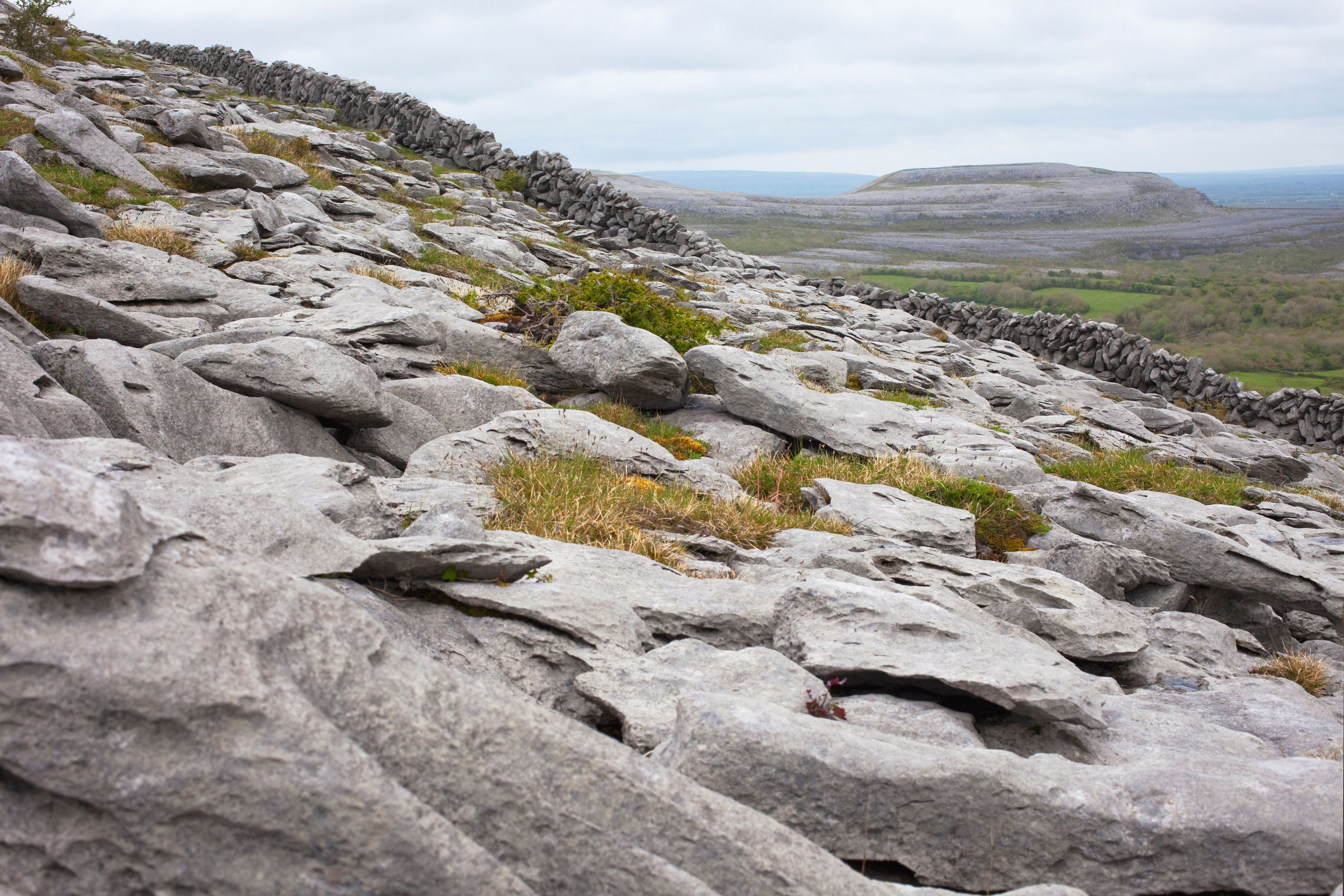

Last month was the wettest I can remember. I often boast that, if you walk every day, as I do for two hours, you hardly ever get wet. However, I’ve had to eat my words, as time and again I’ve come home soaked. Once, even my wellies were drenched – from the inside.
I also had an unbelievably wet walk in the summer, on the Emerald Isle. I’d been invited by Fáilte Ireland to speak at a conference on developing a sustainable tourism model for the heartlands of the country.
I understand the challenge: most visitors head straight for the wild and beautiful west coast, yet Ireland’s interior is full of hidden treasures. We spent a couple of days visiting Strokestown Estate in Co Roscommon, a Georgian house with a poignant famine story, and Rathcroghan. A match for Stonehenge’s landscape, the area is barely known outside the island.
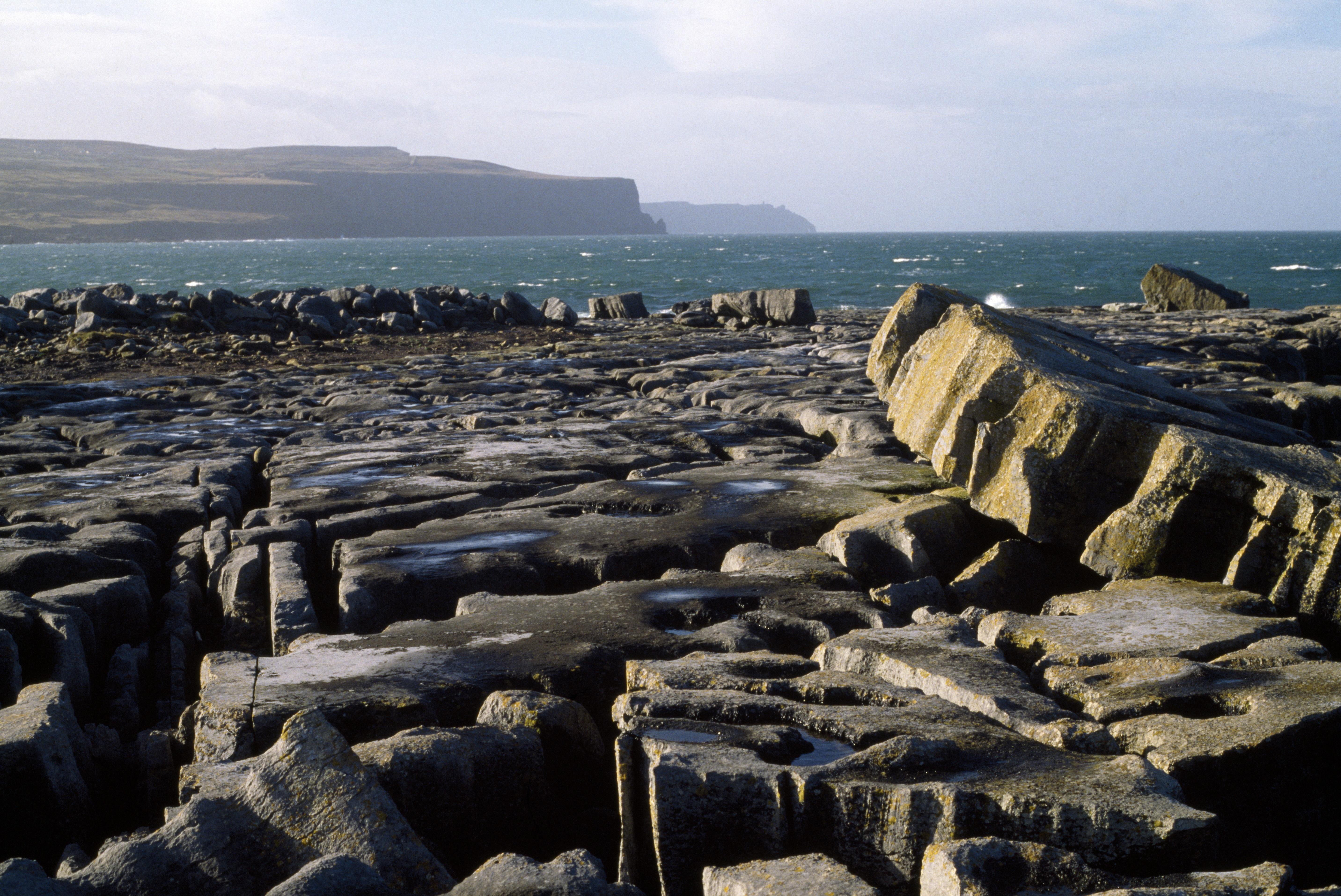
Thus stimulated, we also left for the west coast, as I have longed to see The Burren, Co Clare, a limestone landscape renowned for its wildflowers. By the time we reached our delightful B&B in Rathbaun, near the Cliffs of Moher, England was basking in record temperatures. Not so Ireland. We woke to low cloud and about 19˚C, but The Burren was on our doorstep, enthusiastically described to us by our hostess.
Encouraged by her, we stopped first in Kilfenora, where the medieval cathedral has a powerful serenity and grace, enhanced by the remains of three ancient high crosses, then started one of many ‘Burren loops’ in the heart of the National Park.
Our 9km (5½ mile) loop began at Carron, a small village in the middle of this extra-ordinary limestone country. The Burren is a place of big, curved hills, their slopes apparently devoid of vegetation, as acres of open limestone strike a silvery-grey sheen across the landscape. I’ve seen limestone pavements before, of course, in the Dales and Lakes, but the sheer scale of this place was new and exciting.
'In a grey-out, the path dwindled and the rain intensified. We were lost in this strange landscape'
We set off in an eerie light as rainclouds gathered. Close up, the limestone is far from bare, but full of life, with an intensity of birds and plants I’ve rarely seen. Hart’s tongue fern peeps up through the grykes; vivid pimpernels flower, clinging to the clints. Counting the species, we were soon out of fingers.
Exquisite houses, the beauty of Nature, and how to get the most from your life, straight to your inbox.
We began our walk along a green lane, winding up the hill past ancient walls and burial chambers, but, as we breasted the summit of Termon, we felt the first spots of rain. Shrugging on our jackets, we continued over the top, as the path became more vague and the rain stronger. Soon, it was lashing down, but, happily, we were distracted by a mass of orchids: some (such as the common spotted orchid) we were familiar with, but we also spotted a pink marsh orchid, a fragrant orchid and a striking white variety that just might have been O’Kelly’s spotted orchid, local to The Burren.
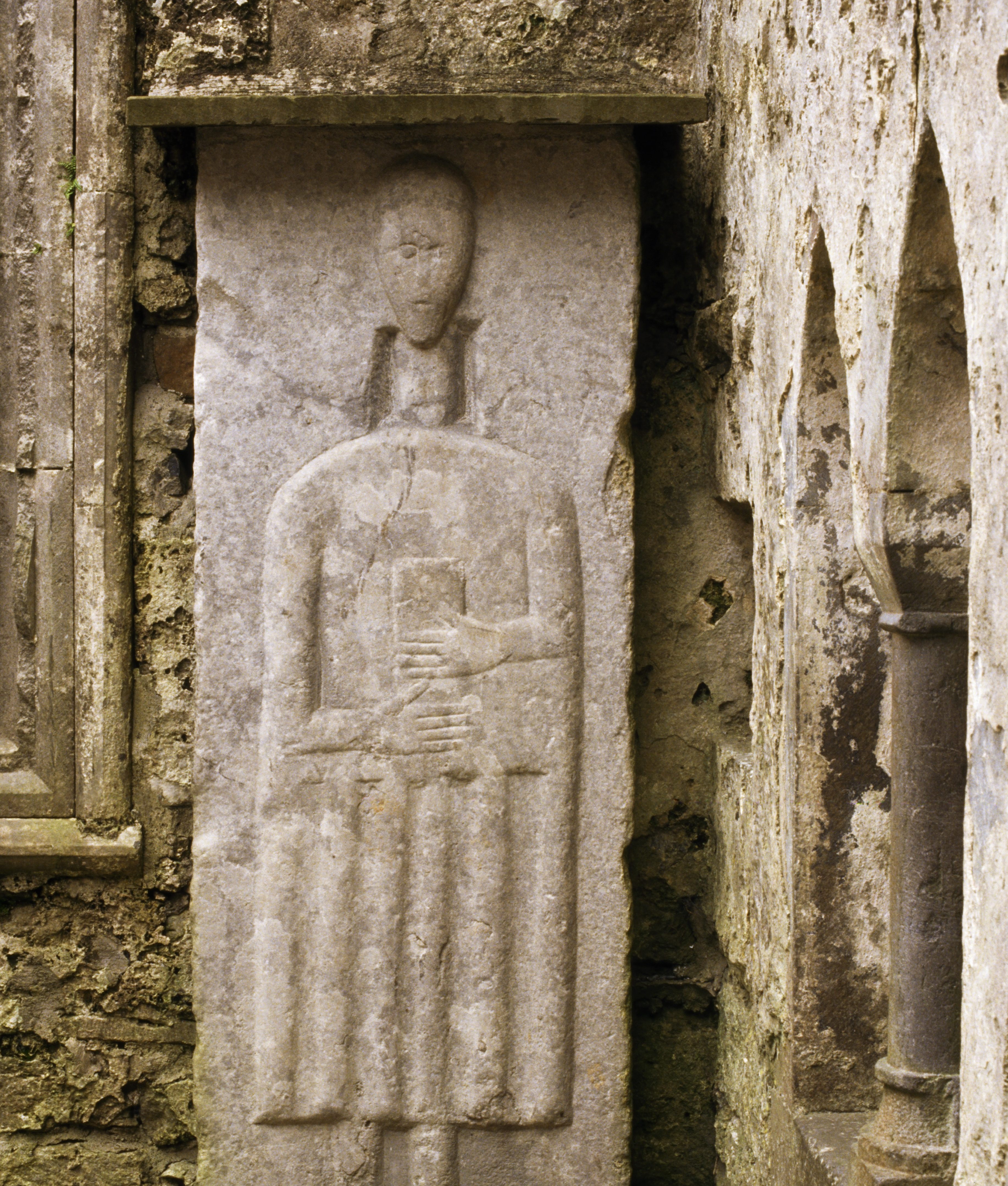
By then, we were in a grey-out, the path dwindled to nothing and the rain intensified. We were soon lost in this strange limestone landscape with no landmarks to guide us, surrounded by grey pavements slick with rain and scrubby vegetation, through which multiple vague tracks wind.
I was reduced to navigating by mobile phone and, after an age, we came across a welcome purple waymark: we were back on track. We descended to the holy well of St Fachtna, joined a quiet country lane and walked slowly, dripping, back to Carron, where we were glad to find a warm and welcoming pub.

As we dried out, we realised we hadn’t seen a single soul on our walk. Like Ireland’s heartlands, the Burren was a vast contrast to the crowded Cliffs of Moher we visited that evening, but our walk was truly inspiring and, as I walk in the rain this autumn, I’m reminded, wetly, of our special, rain-soaked communion with Nature.
Fiona Reynolds is Master of Emmanuel College, Cambridge and the author of ‘The Fight for Beauty’
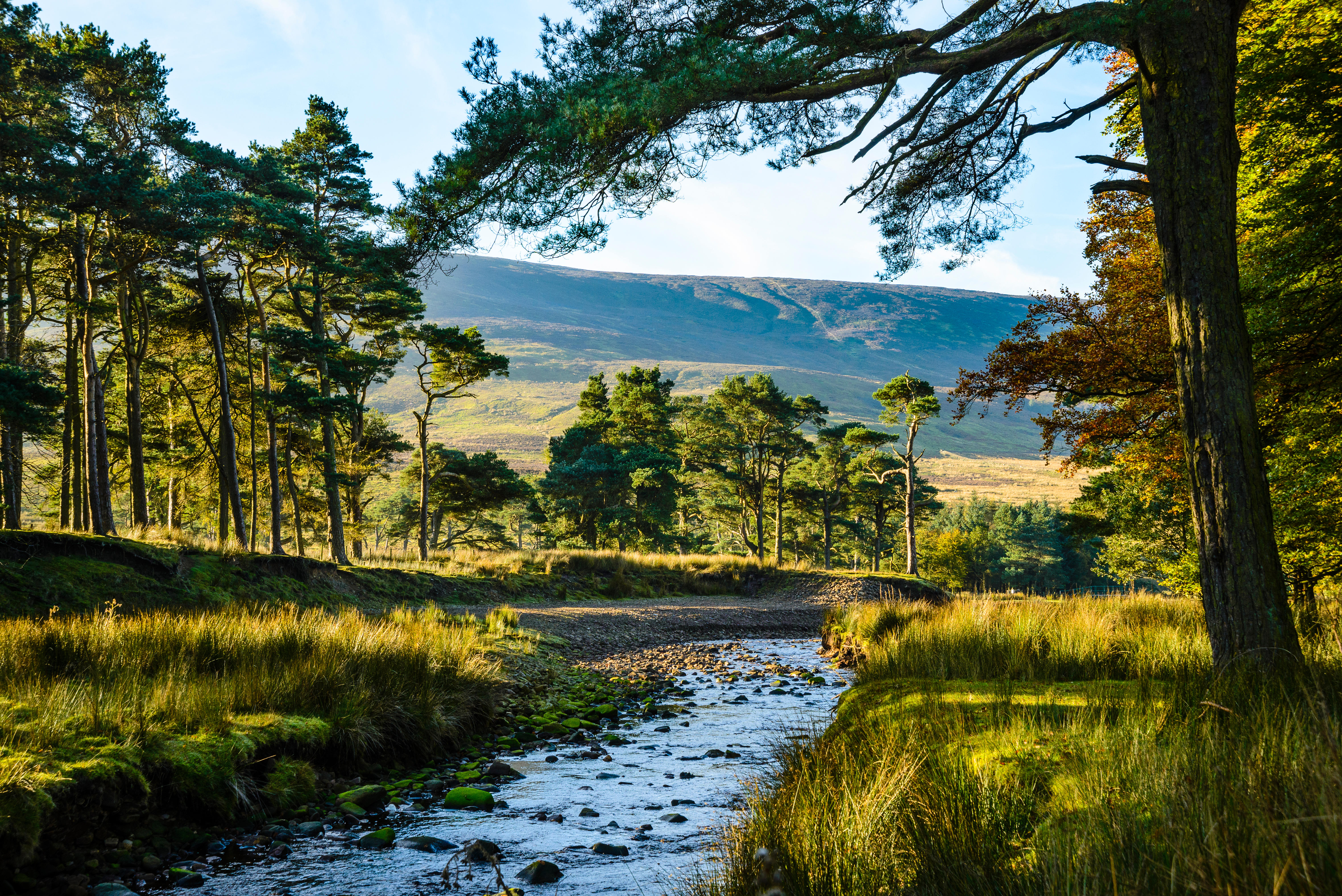
A walk through the Forest of Bowland: 'I feel the immensity of the history of this place and am deeply moved by it'
A solitary dawn walk through the Forest of Bowland is a magical experience, says Fiona Reynolds.
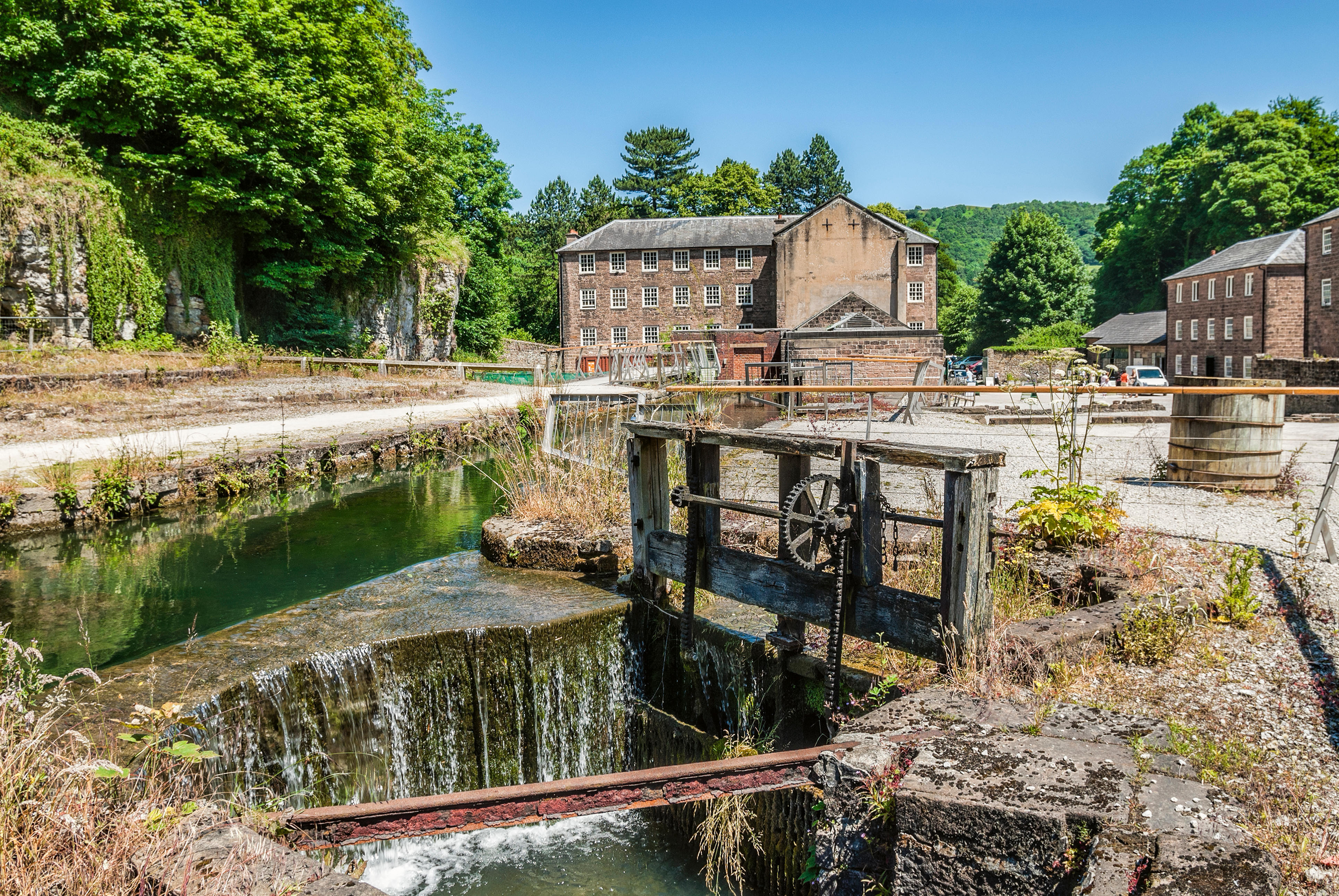
Walking Derby and the Derwent Valley, on a morning with 'dappled light on the river reflecting the monumental 18th-century mills'
Fiona Reynolds walks the Derwent Valley Heritage Way in Derbyshire, and is struck by the contrast between Man and Nature.
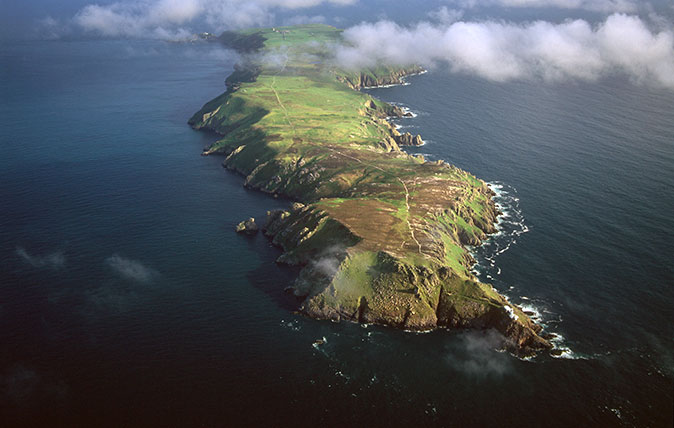
Credit: robertharding / Alamy Stock Photo
Lundy Island: The joys of a good walk, inspiring beauty and no phone signal
Fiona Reynolds was left refreshed and exhilarated after a trip to Lundy Island.
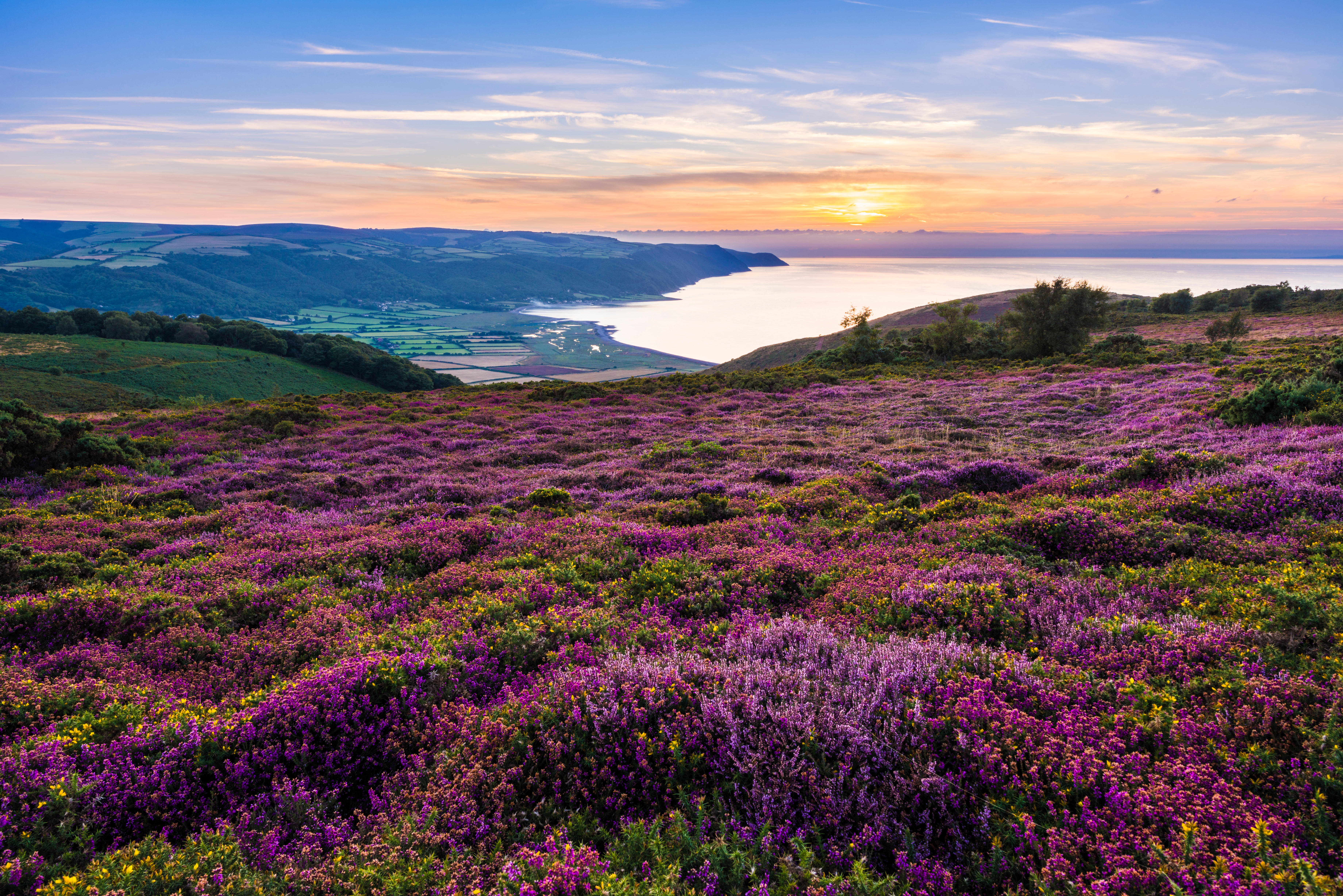
Credit: Alamy
Walking Exmoor: 'The views open out and there's just me, a lone figure in an immense, almost featureless landscape'
Fiona Reynolds walks in the footsteps of Lorna Doone and finds that there’s still a feeling of wilderness out on
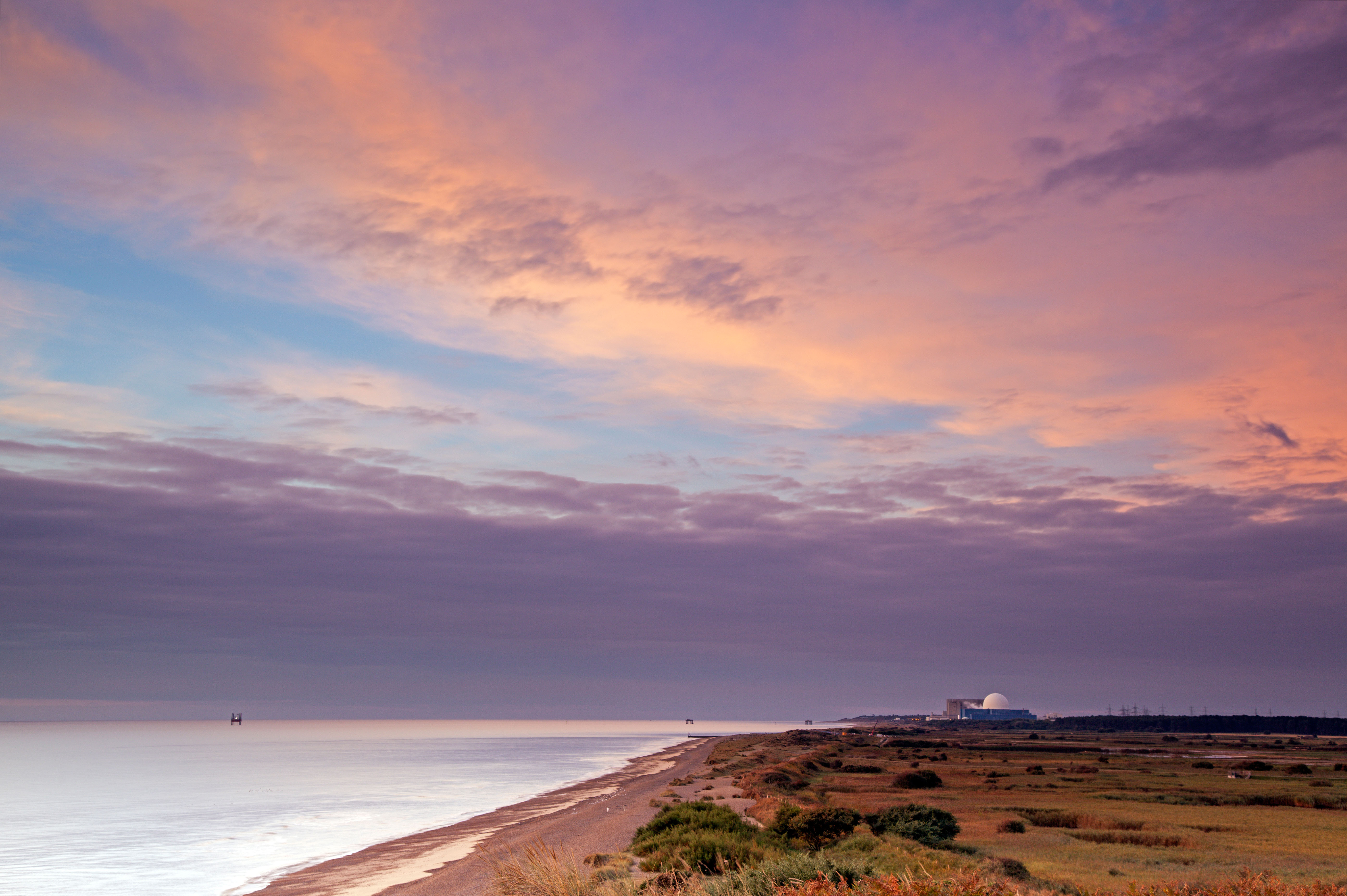
Fiona Reynolds: A walk on the Suffolk coast that brings home the true horror of the new plans for Sizewell
A few months after writing about a development at Otmoor, Fiona Reynolds visits the beautiful Suffolk coast — and can't
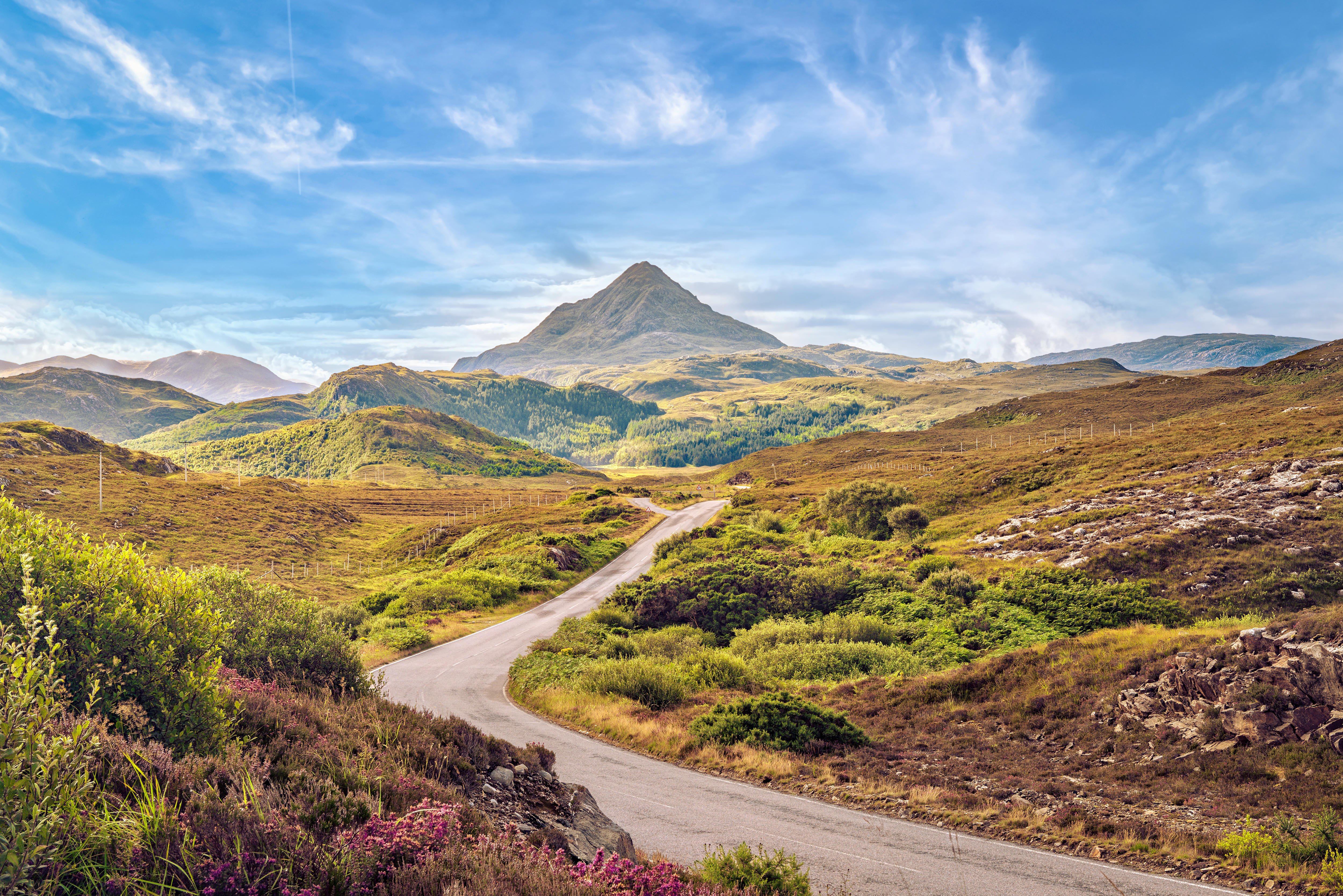
Climbing Ben Stack: A perfect, conical mountain whose paths are adorned with bluebells, violets and orchids
Fiona Reynolds takes time out during a trip to Scotland to climb one of its most beautiful little peaks: Ben
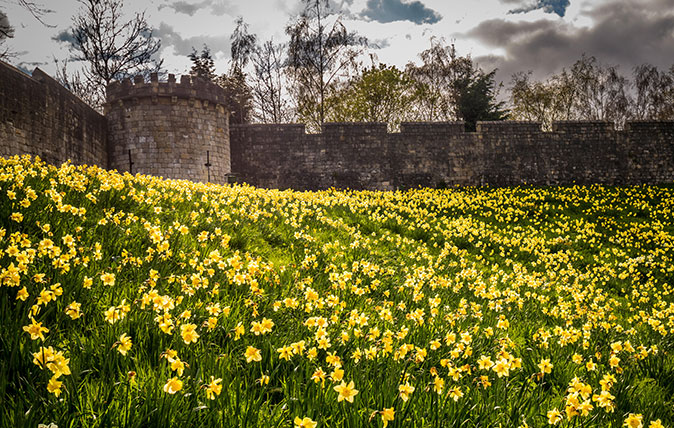
Credit: Alamy
A walk in York: Roman walls, battlements, turrets and the most glorious cathedral façade in Britain
Fiona Reynolds swapped the countryside for the city as she walked York's magnificent city walls.
Fiona Reynolds is chair of the Food, Farming and Countryside Commission, the former director-general of the National Trust, former Master of Emmanuel College, Cambridge, and the author of The Fight for Beauty. Follow her on Twitter @fionacreynolds.
-
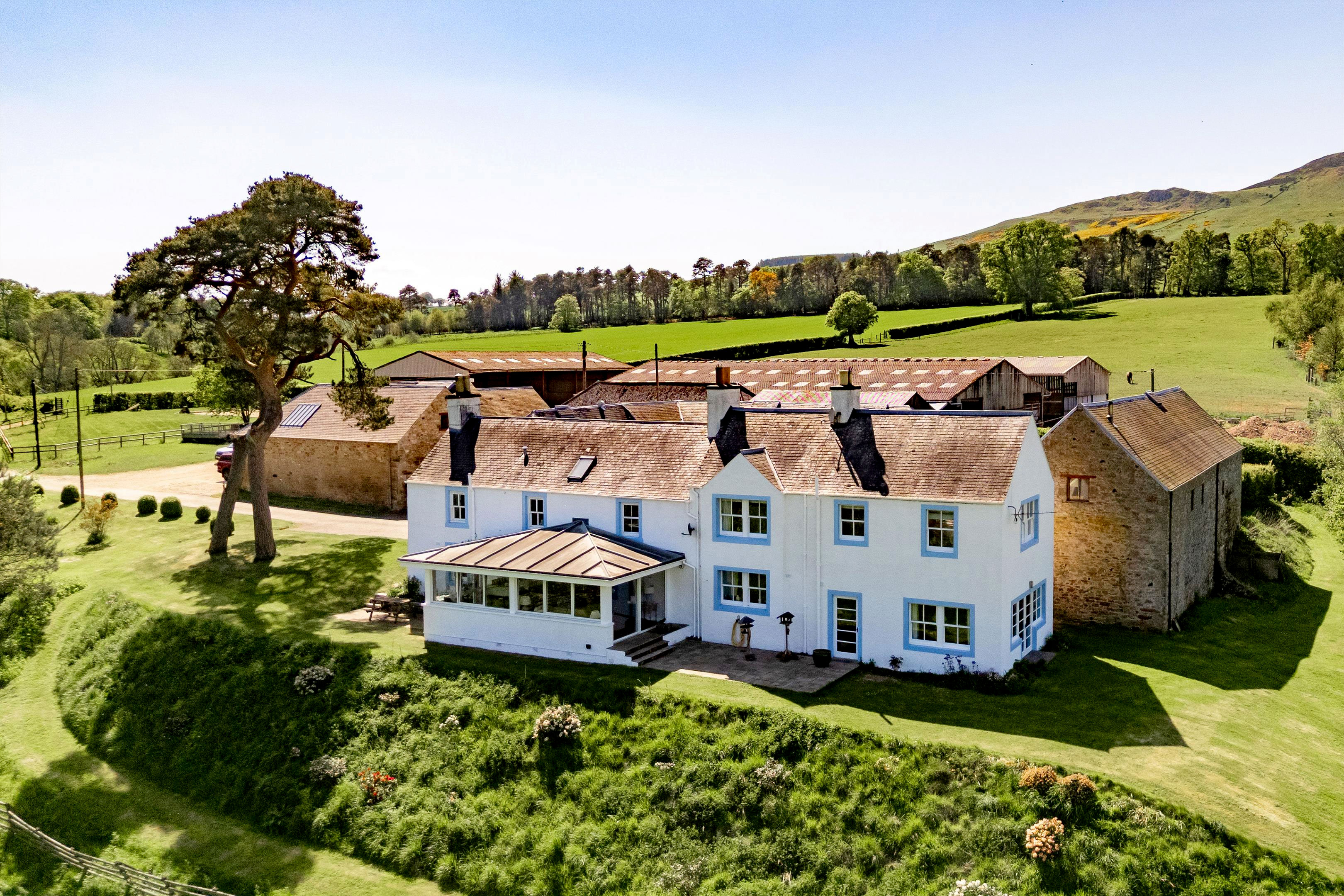 A beautiful old farmhouse in 15 acres of breathtaking Scottish scenery, for sale at just £825,000
A beautiful old farmhouse in 15 acres of breathtaking Scottish scenery, for sale at just £825,000A wonderful country home with almost 15 acres of land has come up for sale at a price which will make urban dwellers question their life choices.
-
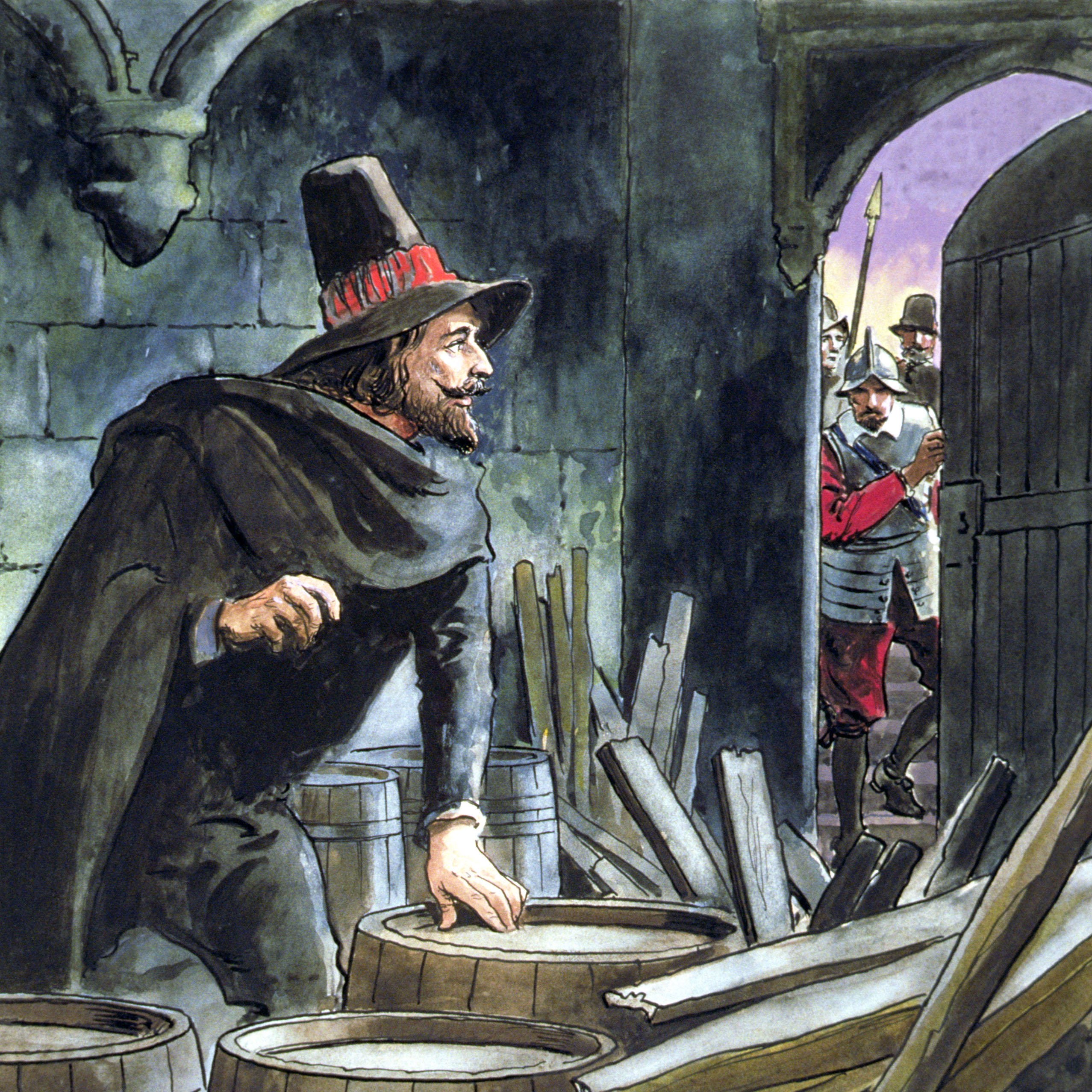 Remember, remember to take the Country Life Quiz of the Day, November 5, 2025
Remember, remember to take the Country Life Quiz of the Day, November 5, 2025It's a banger.
